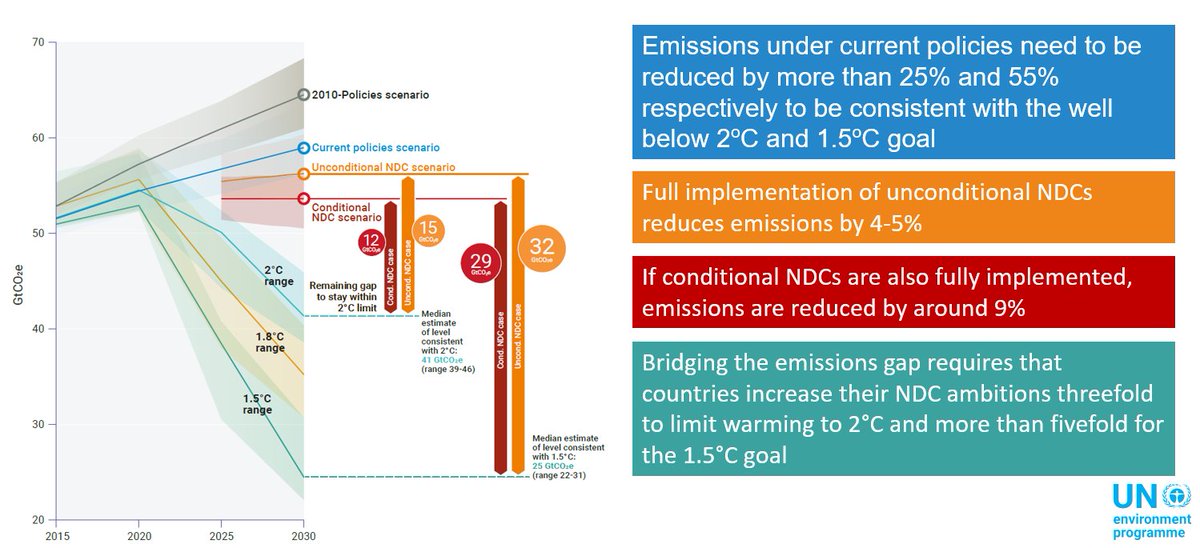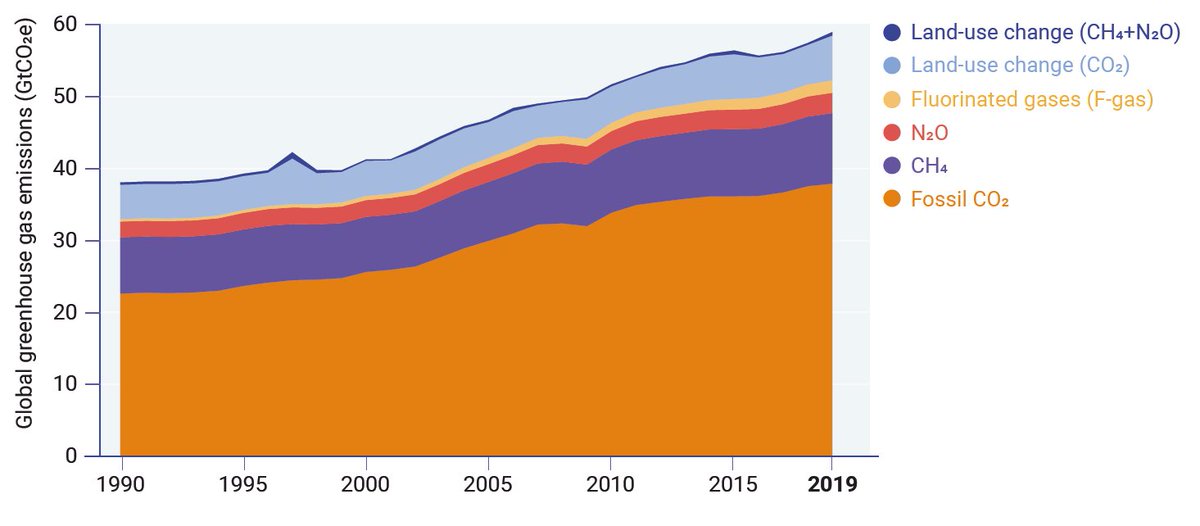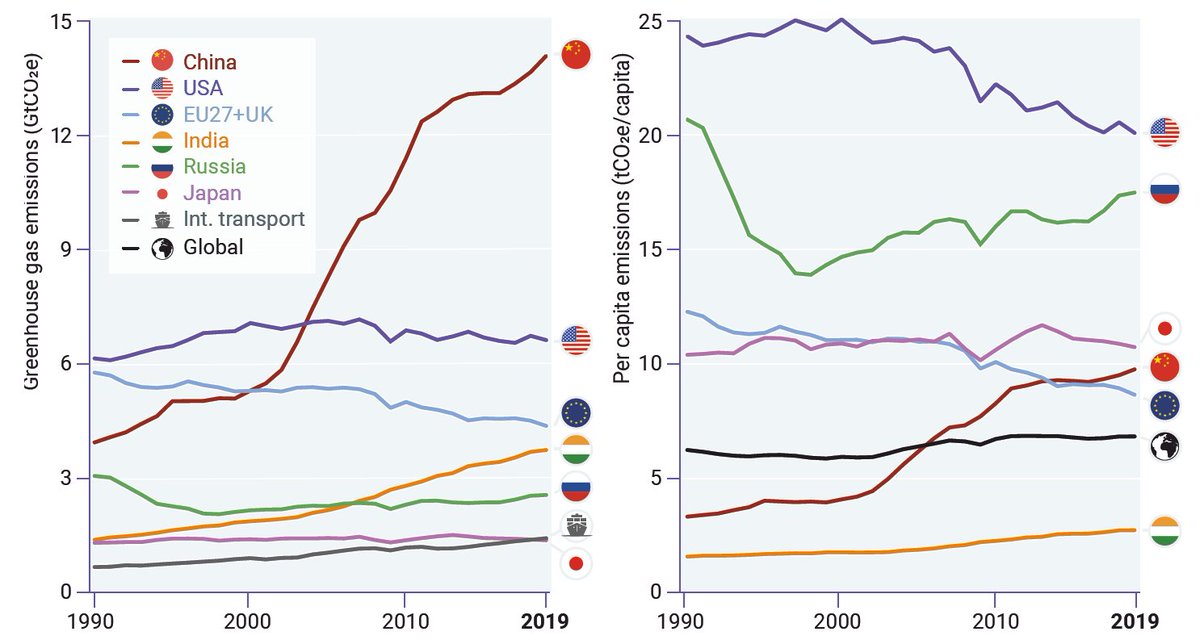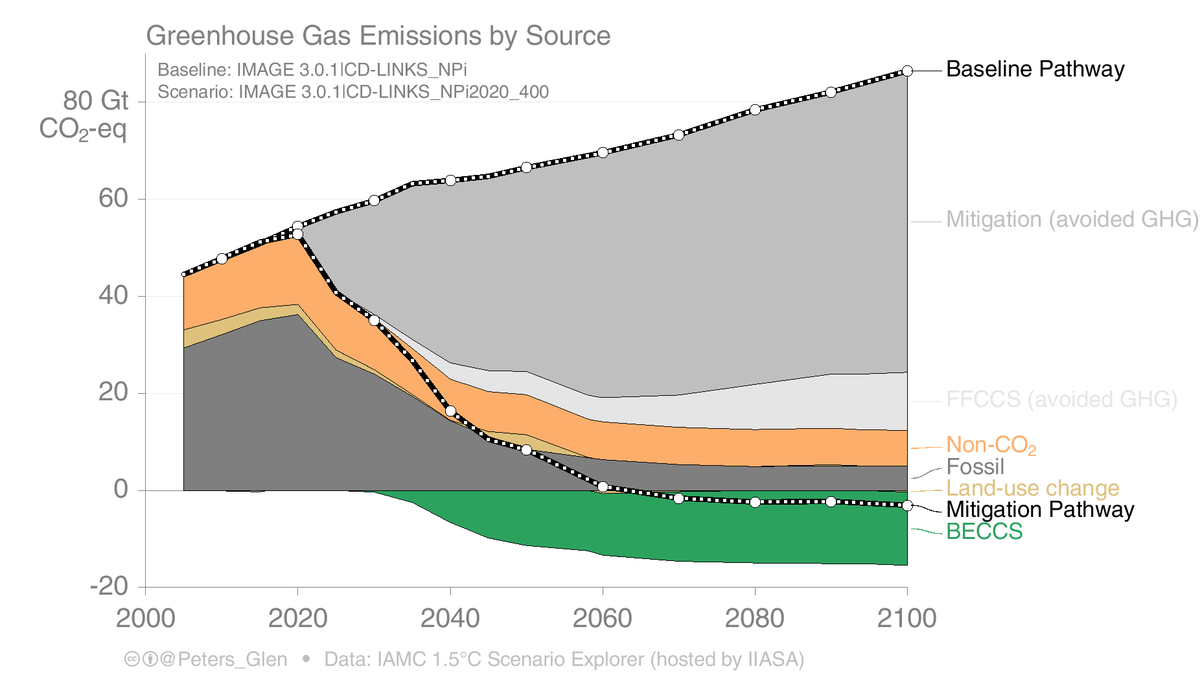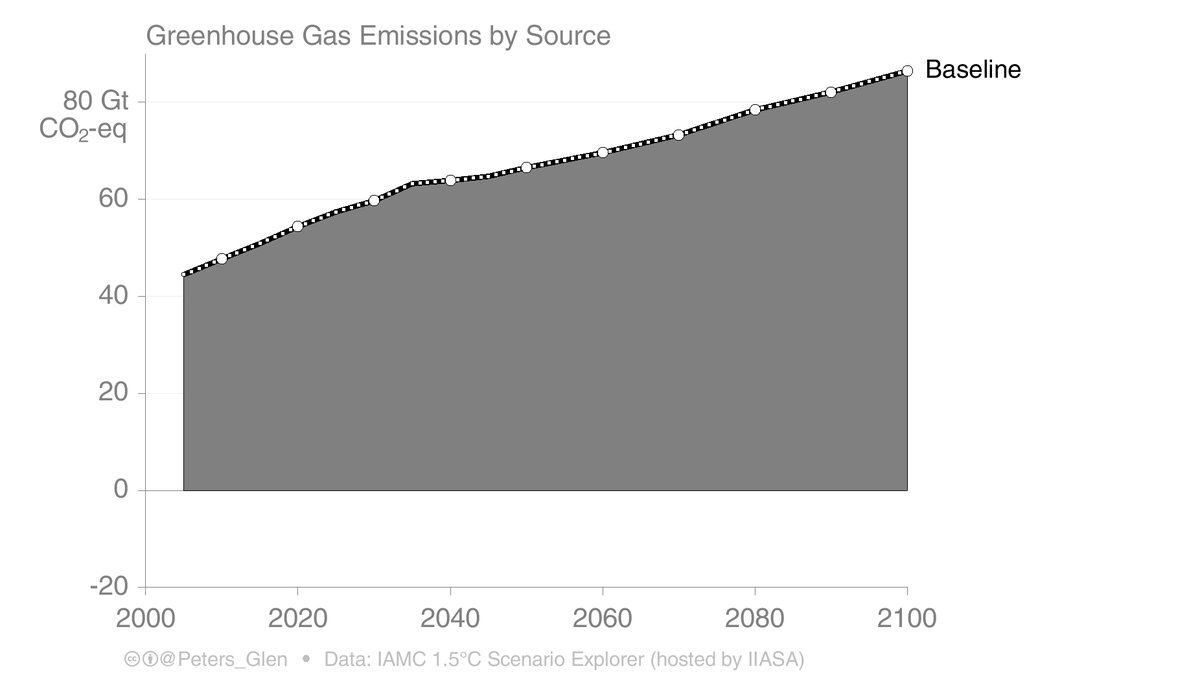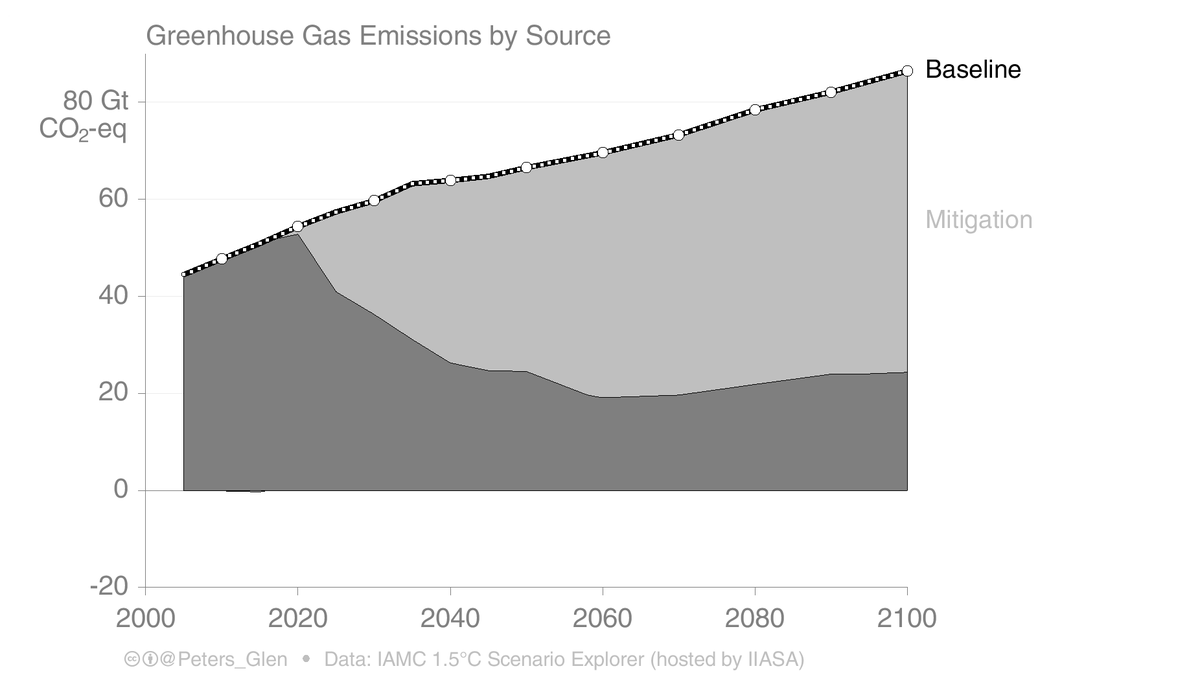
"...if one tinkers long enough with inputs & assumptions, it is possible to make these models come up with virtually anything" @wim_carton
The background to this quote is rather interesting. Thread...
1/
Chapter 3 rutgersuniversitypress.org/has-it-come-to…
The background to this quote is rather interesting. Thread...
1/
Chapter 3 rutgersuniversitypress.org/has-it-come-to…
2. The Low Energy Demand (LED) scenario did not quantify costs "We have not explored [costs] in any detail, with the exceptions of the costs of supply-side ... However, this is a one-sided story without analogous quantifications of the demand-side ..."
nature.com/articles/s4156…
nature.com/articles/s4156…

3. "Since it is nearly impossible to put a price tag on most of these measures, none of the scenarios has been evaluated in terms of costs."
nature.com/articles/s4155…
nature.com/articles/s4155…
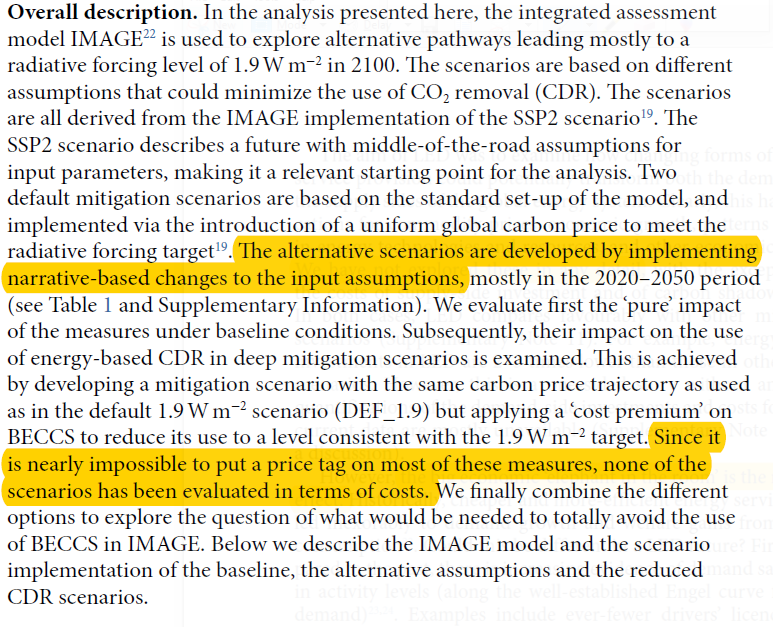
4. IPCC AR5: Including more exogenous energy efficiency cuts mitigation costs in half (left bars), but "An important caveat to these results is that the costs of achieving these reductions were not considered nor were the policy or technology drivers that led to them" 

5. Basically, studies that include more on the demand side have to force it into the model, it does not come naturally through the cost-optimal principles driving IAMs.
This is the background to the @wim_carton quote in the first tweet.
This is the background to the @wim_carton quote in the first tweet.
6. "While they don’t provide a cost analysis for these scenarios, one can assume that they would be significantly more costly – in the way IAMs assess this – than “standard” mitigation approaches." @wim_carton
7. "As Tavoni and Socolow note, this “should make the reader cautious about carrying modeling results into the real world”." @wim_carton
8. Most IAMers openly acknowledge that their scenarios are weak on the demand side, and this is a pretty critical weakness when it comes to interpreting those results in a policy context. IAMs tell us only half the story, the supply-side story.
9. Ok, that is enough tweeting on @wim_carton's paper.
If you have not read it, read it!
Ch3 here rutgersuniversitypress.org/has-it-come-to…
or pre-print researchgate.net/publication/34…
/end
If you have not read it, read it!
Ch3 here rutgersuniversitypress.org/has-it-come-to…
or pre-print researchgate.net/publication/34…
/end
• • •
Missing some Tweet in this thread? You can try to
force a refresh

